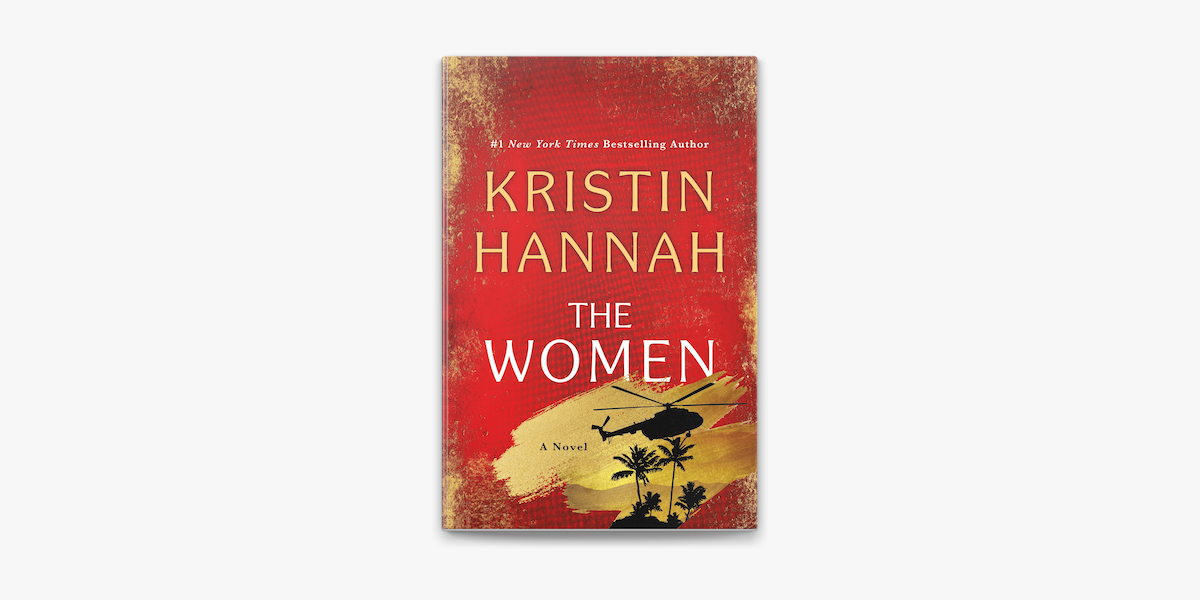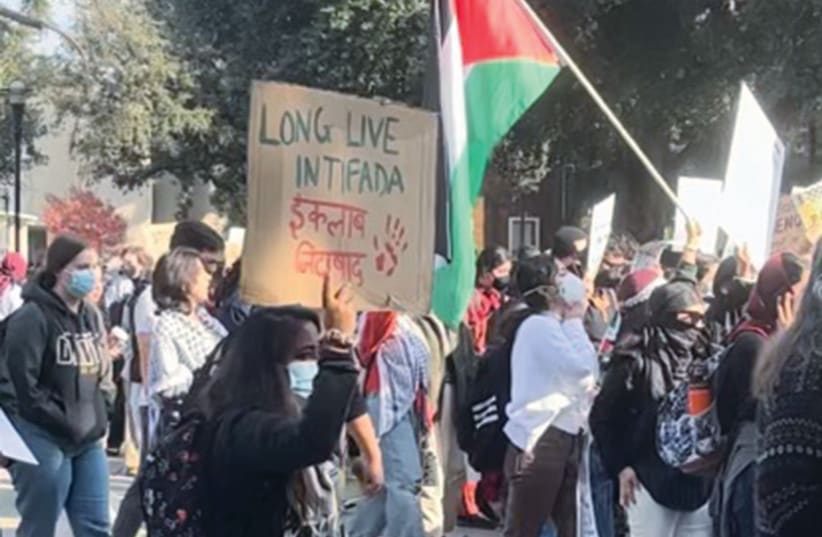All around the world, Easter is celebrated in many different ways, each having their own history and meaning behind the traditions.
The idea of hunting eggs on Easter originated from Germany in the 17th century, when colored eggs were hidden around the houses and gardens, and children would amuse themselves by finding them. Nowadays, the tradition lives on, and people across the country find joy in egg hunting.
Freshman Samantha Sevits explained how she celebrates Easter.
“I usually wake up with my siblings, and we usually go out into the living room and open up our Easter baskets from the Easter bunny,” she said. “Then, we usually go to church, and, after church, we hunt eggs with my family.”
Along with egg hunting, all around the world there are various other ways that Easter is celebrated.
In Australia, rabbits are notorious for destroying crops and plants. In 1991, Rabbit-Free Australia promoted their campaign to eliminate the Easter bunny and instead replace it with the Easter bilby (rabbit-eared bandicoot). Manufacturers in Australia now make chocolate Easter bilbies, with proceeds going to their endangered species.
Much like Australia, Florence, Italy celebrates Easter in honor of their season’s growth.
For over 350 years, the Easter tradition in Florence, Italy, “Scoppio del Carro,” or “Explosion of the Car,” has been celebrated by locals. A glamorous cart full of fireworks is hauled through the streets of the city by the locals, who are dressed in the style of the fifteenth century, and parked outside of the cathedral. The bishop then lights the fuse, and the cart explodes into a spectacular firework scene. The tradition dates back to the First Crusade, symbolizing a successful harvest.
Unlike Italian traditions, Polish traditions celebrate marriage and fertility.
In Poland, boys attempt to drench other people with water. This custom is called Smigus-Dyngus and is believed to bring marriage within the year to girls who are drenched. Smigus-Dyngus dates back to 966 AD, and commemorates the baptism of the Polish Prince Mieszko.
Much like Poland, in France, Easter is celebrated in a very uncommon way.
While Napoleon and his army were passing through Haux, France, they stopped at the town and ate omelets. Napoleon enjoyed his omelet so much that he ordered the townsfolk to gather their eggs and make a giant omelet for his crew the next morning. Nowadays, the people of Haux carry on the tradition of making a giant omelet on Easter morning. The omelet can feed up to 1,000 people using 4,500 eggs!
Similar to Australia and Italy, Greece also celebrates to ensure a good crop for the year to come.
On the day of Easter, the people of Corfu, Greece throw their clay pots and pans out of their windows, smashing them on the ground. Some people believe that “pot throwing” is a way to welcome spring, symbolizing a new healthy harvest gathered in new pots.
Sweden’s Easter tradition is very similar to Halloween’s “trick-or-treat” concept.
In Sweden, children dress up as Easter witches in long skirts and colorful head scarves with painted pink cheeks. The children go to all the houses in their neighborhood asking for treats in exchange for their paintings and drawings.
Romania’s Easter tradition is unique for its competitiveness.
In Romania, friends and family participate in the “egg battle.” Two competitors knock hard-boiled eggs on a table and the person with the strongest shell wins. The loser has to eat all of the winner’s hard-boiled eggs.
No matter where Easter is celebrated, it is enjoyed in many different ways, each tradition important to the culture and history of the region.



































